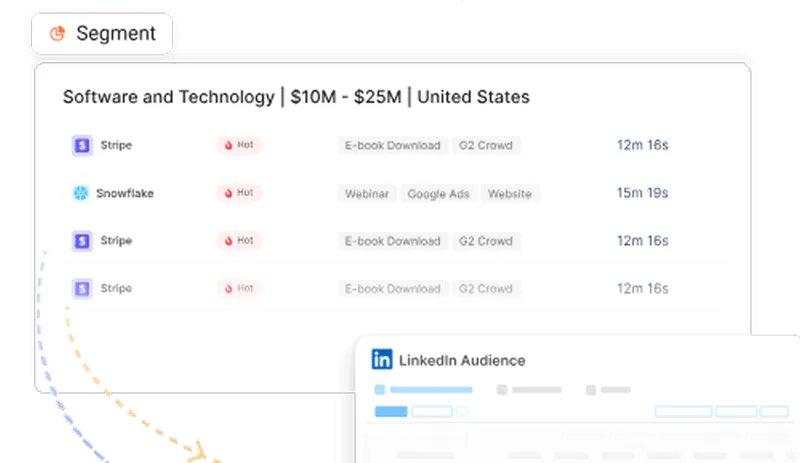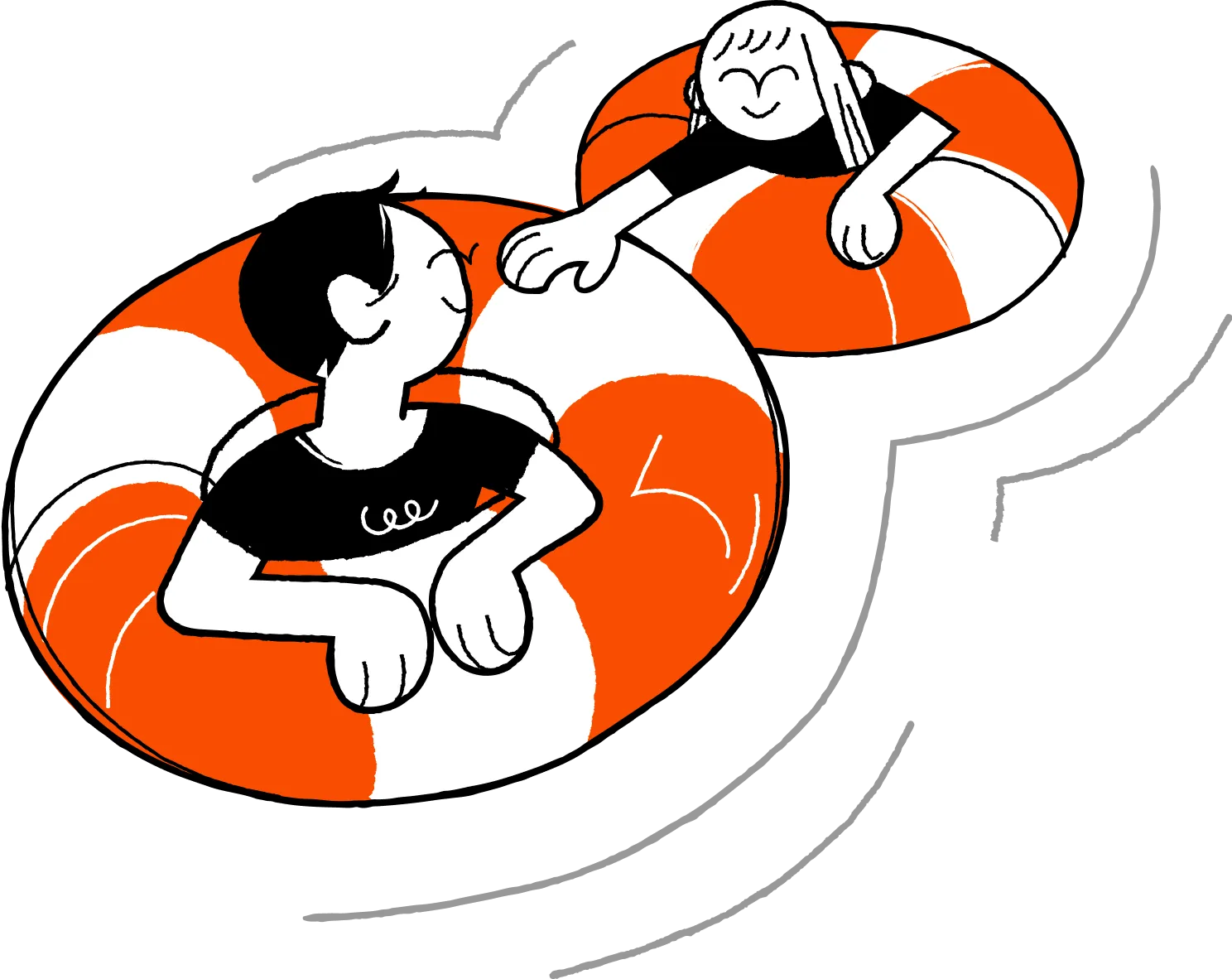The Principles Of Modern B2B Marketing I: Brand Building Vs. Sales Activation
Maximize B2B marketing potential with Factors Professional Services and marketing stratergy. Tailor-made analytics, consulting and support to optimize ROI.
B2B marketing strategies that maximize growth
B2B marketing may be in trouble. Research suggests that B2B organizations are inadvertently transforming marketing into a supporting tool for the sales function. In reality, however, marketing is at the very core of a business. With the right principles securely in place, B2B marketing may well transform into the growth engine of B2B organizations.
It’s about time we rethink the principles of marketing
Linkedin’s B2B institute recently conducted wonderful research using B2B effectiveness data in collaboration with Peter Field, Les Binet and the IPA. The primary motivator of this research was to identify the best marketing principles that correlated with growth. Keep in mind that in this case, growth does not mean improving CTR, impressions, engagements or other traditional digital marketing metrics. Instead, we’re referring to growth in terms of market share, revenue, profitability, and other bottom line business metrics.
What makes this research especially special is the fact that it's never been done before through the lens of B2B marketing. That is, of course, until now. The following series will delve into each of these principles one article at a time with hopes of providing an intuitive, straightforward explanation of cutting-edge B2B marketing research.
If you had to take away one thing from this series, it’s this:
Extensive research and anecdotal evidence point to one thing — The key to marketing-sourced growth is balance. While this may seem obvious, the truth is that modern B2B marketing is almost always unbalanced. They tend to involve solely short-term, volume-based endeavors that play to logic and reasoning as opposed to a balanced view of short AND long term strategies that consider volume AND price, logic AND emotion, awareness AND fame.
With that out of the way, let’s finally move on to the first principle of B2B marketing strategies that maximize growth.
Brand Building Vs. Sales Activation
A. Have Your Cake & Eat It Too: Brand Building and Sales Activation I
In their research, Binet and Field identify two types of marketing:
1. Sales activation: Sales activation definitely provides short-term growth. But while sales activation captures existing demand, it does not create it. Results with sales activation often produce results that decay just as fast they appear – which isn’t necessarily a bad thing, just something to keep in mind for the long term.
2. Brand building: Brand building provides long-term growth. In a sense, this creates and captures demand together. Note that when executed well, brand building delivers short-term growth as well. So the big takeaway is that you don’t have to pick between one or the other. In a sense, brand building contributes to future demand to ensure a durable pipeline of future sales and profits.
Ideally, a combination of both types of marketing will yield the best results. If you had to pick one, however, the choice is easy. Brand building is the only strategy that delivers both short-term and long-term growth.
B. The 60/40 Rule: Brand Building & Sales Activation II
In B2C marketing, organizations with the most short-term and long-term growth spend most of their budget towards branding (60%) as opposed to sales activation (40%). In most B2B orgs, this marketing investment is skewed in the opposite direction; with most spend being allocated towards activation (54%).

What might explain this variation? Put simply, B2B sales is harder. It involves several touch points across several stakeholders over several months. It also necessitates far more exposition around the product, use-cases, functional benefits, and more. There’s no doubt that in B2B, sales activation, especially in early-stages, has an important (albeit expensive) role to play. But as the novelty and needs of a new business fades, marketing needs to mature towards a brand-focused distribution to ensure sustainable growth.

C. Flip The Funnel: From ToFu/BoFu To In/Out Market
The funnel is a well-known construct in B2B marketing. The conventional B2B funnel depicts a voluminous top-of-the-funnel that wittles down along each step of the funnel towards the bottom of the funnel. Interestingly, Binet and Field suggest flipping the funnel. Rather than ToFu and BoFu, they recommend thinking of the funnel as “in market” buyers and “out market” buyers. In this case, activation spend is mostly for limited market buyers while branding spend is for the much larger, out market buyers.

This approach tends to be more customer-centric because:
- Customers don’t think of themselves as being in the “brand building” phase or “sales activation phase”. Instead, customers think of themselves as being “in-market” to buy a product or “out-market” to not buy a product at this moment.
- Marketers have two customers: Your external customers and your internal finance team. Thinking about the funnel as current cash flow customers and future cash flow customers will help align marketing with the CFO or finance team as well.
D. Different Stroke For Different Folks:
Of course, in-market buyers are inherently very different from out-market buyers. This necessitates different approaches for creative, distribution, and measurement.
For in-market approach:
- Rational Messaging - for immediate ROI and value
- Narrower targeting - for a narrower market
- Sales metrics - revenue and pipeline are the most relevant KPI for in-market
For out-market approach:
- Emotional Messaging - for long term brand retention
- Broder targeting - for a larger market
- Memory metrics - brand sense is an example of a relevant memory metric
And there you have it. The first principles delved deep into the pros and cons of Sales Activation and Brand Building. While employing both approaches in unison are crucial to long-term success, the verdict is that, at the end of the day, the goal should be to prioritize brand building. We also highlight an unconventional perspective of the good old sales funnel. Join us next week to go over the second principle: Awareness vs Fame.
Balancing Brand Building and Sales Activation in B2B Marketing
In modern B2B marketing, balancing brand building and sales activation is essential for sustainable growth.
1. Sales Activation focuses on short-term gains by capturing existing demand, delivering quick but often temporary results.
2. Brand Building creates new demand and strengthens market presence, driving long-term success.
While both strategies play a vital role, prioritizing brand building ensures lasting growth and a strong competitive position in the market.
See how Factors can 2x your ROI
Boost your LinkedIn ROI in no time using data-driven insights


See Factors in action.
Schedule a personalized demo or sign up to get started for free
LinkedIn Marketing Partner
GDPR & SOC2 Type II
.svg)










